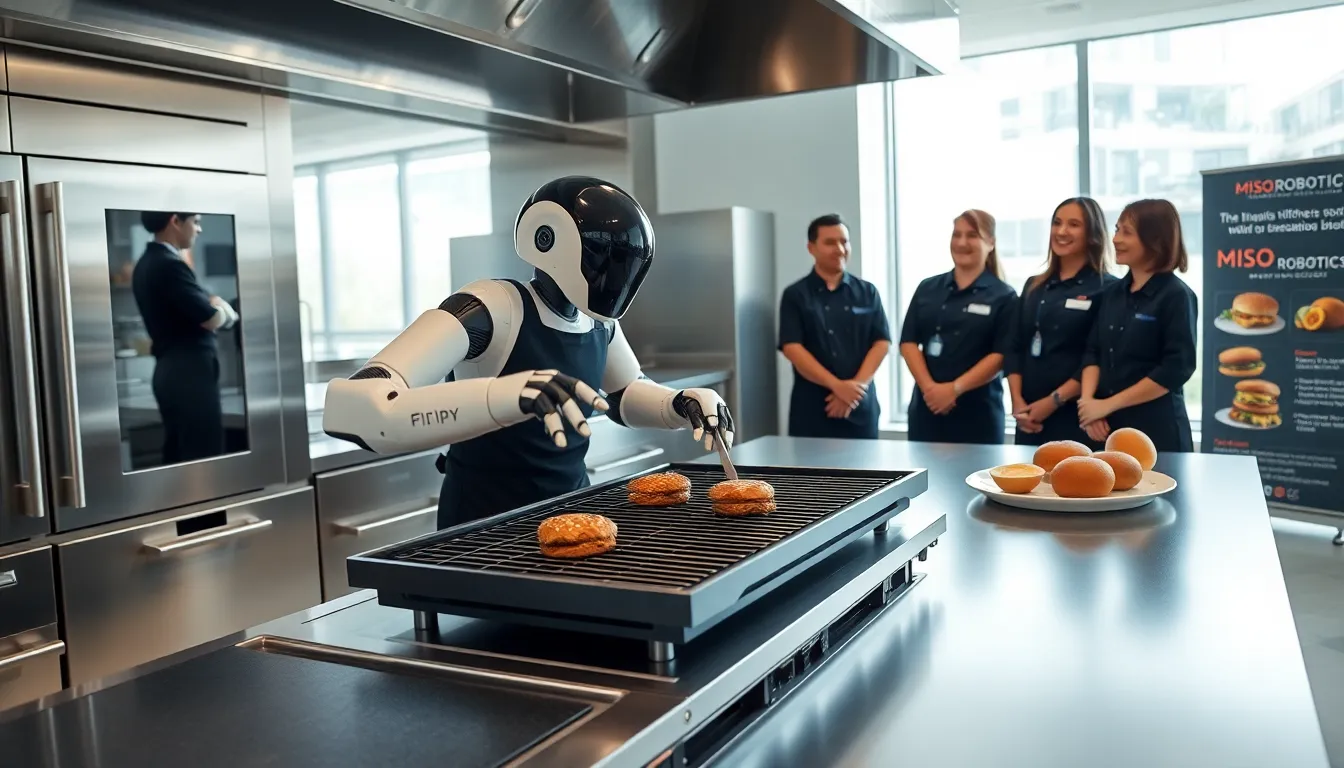Are you ready to jump into the world of robotics? More specifically, are you wondering if investing in Miso Robotics is worth your hard-earned dollars? Well, buckle up. This isn’t just another tech company: it’s a trailblazer paving the way for automation in the food industry. Like a chef who knows how to mix the right ingredients, making an informed investment requires the perfect blend of insight, research, and a dash of humor. Let’s see if Miso Robotics can whip up a recipe for financial success.
Table of Contents
ToggleUnderstanding Miso Robotics

Overview of Miso Robotics’ Technology and Innovations
Miso Robotics is turning heads with its cutting-edge tech that doesn’t just automate tasks but enhances workplace efficiency in food preparation. Their flagship product, Flippy, is a robotic kitchen assistant that could make even the most seasoned chef a little nervous. It flips burgers, flips fries, and does it all without breaking a sweat. But Flippy is not alone: they offer various other solutions tailored to the fast-paced restaurant environment, making cooking and service more efficient.
Market Position and Competitive Landscape
In the crowded field of food tech, Miso Robotics is standing tall. It competes with other notable players like Cafe X and Spyce but offers a unique value proposition. It’s not just about having a cool robot: it’s about providing a complete ecosystem that enhances restaurant productivity and customer experience. Their partnerships with well-known brands signal a promising market position, but is it solid enough to ensure a lucrative investment?
Financial Performance and Growth Potential
Recent Financial Metrics and Trends
When considering an investment, financial performance is critical. Miso Robotics has been showing promising signs. Their revenue has seen a steady upward trend, fueled by growing demand for automation in the food service industry. Recent reports indicate that the company’s R&D investment is paving the way for new product launches, which could translate directly into revenue.
Future Revenue Projections
Industry analysts are eyeing Miso Robotics for its potential to capture a significant portion of the restaurant automation market. Projections suggest a compound annual growth rate (CAGR) of over 20% in the automation segment over the next five years. If Miso continues to innovate while scaling its customer base, it may well become a household name among investors.
Risks and Challenges Facing Miso Robotics
Regulatory and Compliance Issues
With innovation comes the potential for obstacles. Miso Robotics must navigate a complex regulatory landscape that governs the deployment of robotic technologies. Ensuring compliance with safety standards is crucial, as non-compliance could lead to setbacks and potential financial liabilities.
Market Adoption and Customer Sentiment
Another challenge is market adoption. While the idea of robotic assistance is appealing, there is a certain level of resistance from some sectors within the industry. Customer sentiment can sway dramatically based on perceptions of technology replacing human labor. Miso Robotics needs a strategy to educate potential customers and stakeholders on the tangible benefits of its innovations.
Investment Perspectives
Analyst Opinions and Ratings
What are the experts saying? Well, financial analysts seem to have a love affair with Miso Robotics. Many are projecting a strong buy rating based on its current trajectory. As with any tech investment, opinions vary, but the prevailing sentiment favors Miso’s potential for growth in an increasingly automated marketplace.
Long-Term vs. Short-Term Investment Strategies
Deciding on an investment strategy can be tricky. If potential investors are looking for quick gains, they might find the speculative nature of tech stocks daunting. But, those with a long-term vision may find Miso Robotics a fitting addition to their portfolio, especially given its growth potential and ongoing innovation.


